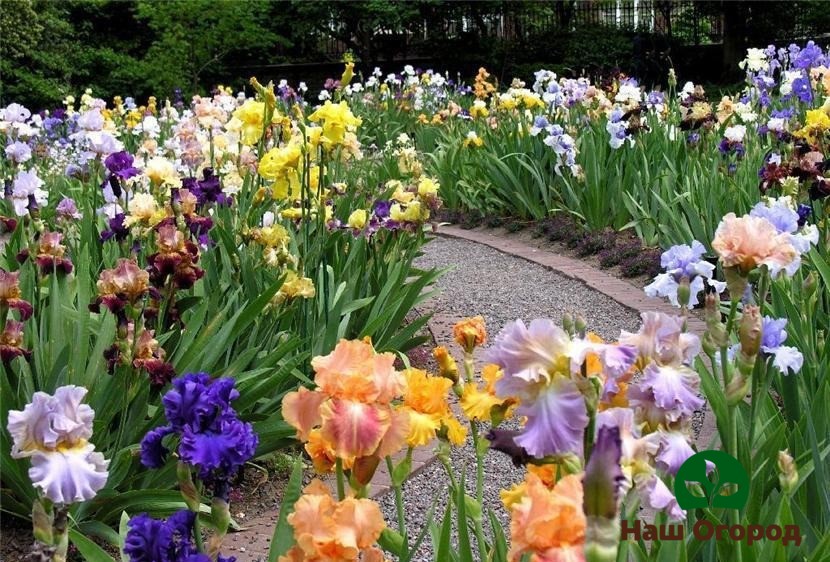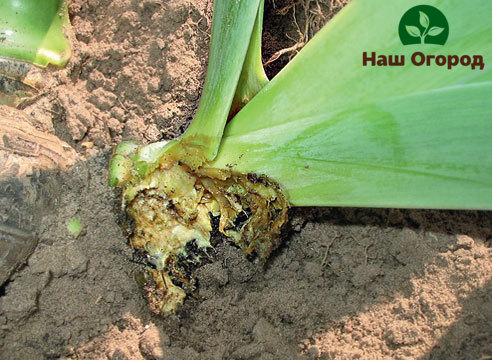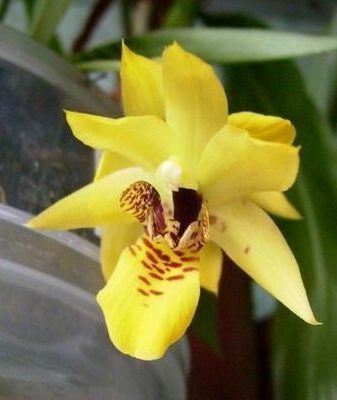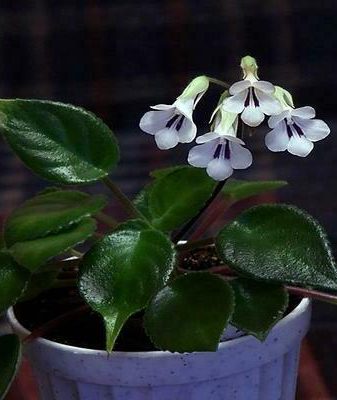We take care of irises in spring and summer
Content:
Iris care: is it necessary?
Irises are quite unpretentious plants, however, their lush flowering is possible only with sufficient light and warmth. In the spring and summer, irises require careful maintenance. Caring for irises consists of regularly loosening, weeding, and removing faded flowers. Otherwise, flowering will be sparse and with small flowers.

Iris care and watering
Irises are not watered often, only when the soil around them has become very dry. But in the budding phase, more moisture is required. To achieve good flowering, irises are watered abundantly during this period. And it's better to do it at sunset.
With the end of flowering, watering of irises when leaving is reduced, otherwise the roots may begin to rot. This mainly applies to young flowers, the rhizome of which is not yet sufficiently strong and matured.
Iris care and feeding
As a rule, irises are only required to be fed in the spring, when the site is harvested after the winter period. For this purpose, when loosening to a depth of 7 cm, fertilizers containing phosphorus and potassium are applied under the root. Moreover, for 1 sq. m it is enough to add 10 g of potassium and superphosphate. Initially, the fertilizer must be dissolved in water. Dry ones cannot be applied, since the roots of the flowers are located quite close to the surface.
Additional feeding of irises is required only if the flowers do not develop well. To do this, nitrogen (10 g), potash (20 g) and phosphorus fertilizers (15 g) are additionally added to the leaf growth phase. If the soil is depleted, then the top dressing is repeated in October. But in this case, fertilizer is applied without nitrogen.
Irises: how to prune correctly?
If the planting of irises is not planned, then at the end of flowering, the peduncles are cut off from them at a distance of 2.5 cm from the root. In addition, it is necessary to cut off all the withered, yellow and brown leaves. All green shoots do not need to be touched, since some irises can bloom a second time - by the end of summer. They are pruned only in the fall, when they wither. Pruning is carried out at a height of 10-15 cm.
Irises: how to provide protection against diseases and pests
In order to protect the flowers from pests, it is sprayed with an insecticide. This should be done in the spring, upon reaching the leaves of 10 cm. If required, the treatment can be repeated after about 2 weeks.
Irises are susceptible not only to pest attacks, but also to various diseases. The most common of these is bacterial rhizome rot. For preventive purposes, flowers are sprayed with fungicides (for example, Fundazol). This can be done no later than 6 weeks before flowering.
 Poor care for irises: photo
Poor care for irises: photoDuring the entire spring-summer period, irises should be regularly inspected for rot with an unpleasant odor on the rhizome of the flower. If it appears, then it will be necessary to remove not only everything rotting, but also the soil around it. And treat the cut site with formalin solution (20%) and sprinkle with ash.
As a rule, irises do not require careful maintenance and do not cause much trouble for their owners. However, if you want their flowering to be lush and abundant, you cannot do without proper care of the irises.




